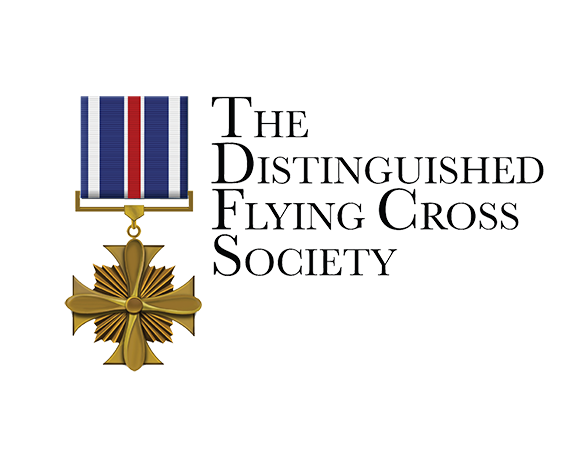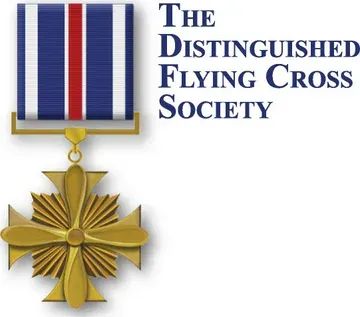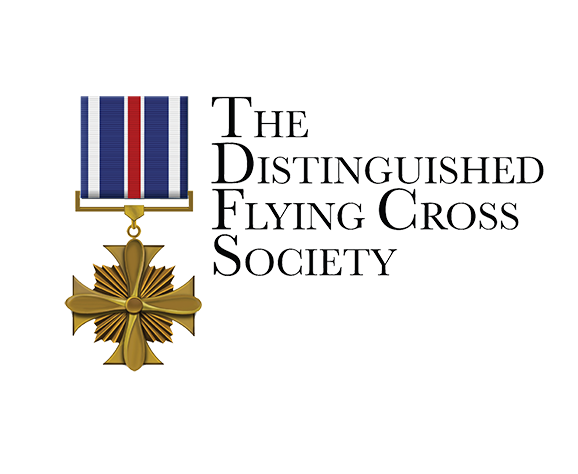
Women Pioneers in Aviation
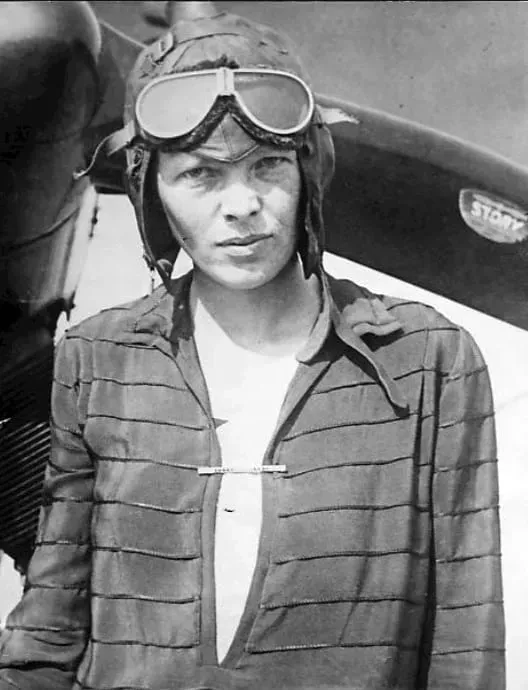
Amelia Earhart Putnam
In June 1928, Amelia Earhart became the first woman to fly across the Atlantic, but as a passenger. Nevertheless, she gained national celebrity status and realized the power she possessed to advance women‘s aviation role. She eventually soloed across the Atlantic on the fifth anniversary of Lindbergh’s flight and was awarded the Distinguished Flying Cross by a joint resolution of Congress. The citation read: “…the President of the United States is authorized to present the Distinguished Flying Cross to Amelia Earhart Putnam for displaying heroic courage and skill as a navigator, at risk of her life, by her non-stop flight in her plane, unnamed, from Harbor Grace, Newfoundland, to Londonderry, Ireland, on 20 May 1932, by which she became the first and only woman, and the second person, to cross the Atlantic Ocean in a plane in solo flight, and also establish new records for speed and elapsed time between the two continents.”

1st Lieutenant Aleda Lutz, Army Air Corps
Aleda Lutz served as a flight nurse aboard C-47 Medevac aircraft during WWII. In 196 missions, Lutz evacuated and treated some 3,500 casualties and was awarded the Air Medal with four Oak Leaf Clusters for her service. On Nov. 1, 1944, Lutz flew on her last mission, evacuating wounded soldiers from the fighting in France, when her plane crashed in a storm. Lutz was posthumously awarded the Distinguished Flying Cross for “outstanding proficiency and selfless devotion to duty.”
She is also believed to have been the first woman killed in action in WWII.
1st LT Roberta Ross
“The Distinguished Flying Cross is hereby awarded to Roberta S. Ross, First Lieutenant, Army Nurse Corps, Flight Nurse, Medical Air Evacuation Squadron, for extraordinary achievement by participating in operational flights totaling more than three hundred hours over Burma, during which enemy attack was probable and expected. These flights, performed in unarmed transport aircraft, were made for the purpose of evacuating by air, sick and wounded personnel from forward areas and were accomplished with industry and a devotion to duty above and beyond that normally expected. Disregarding the hazards of weather, terrain and enemy action faced regularly and continuously, she demonstrated such consideration for her patients and such constant energy as to reflect great credit upon herself and the Army Air Forces of the United States.”
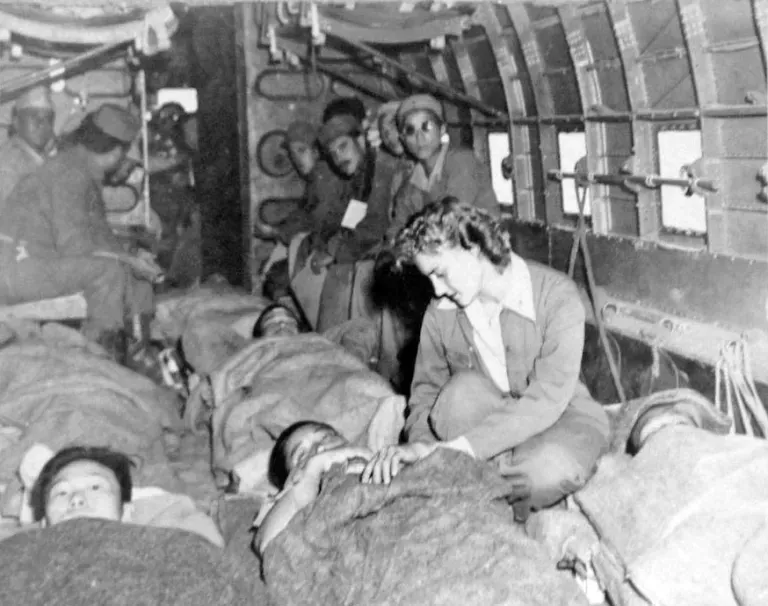
Captain Mary Louise Hawkins
In 1944, a C-47 carrying 24 wunded soldiers crashed deep in the Pacific. On board was Army nurse Mary Louise Hawkins - injured, exhausted, but unshaken. One man was bleeding out, his throat torn open by a propeller blade. There were no doctors, no tools - only her will to save him.
Using the valve from a life preserver, Hawkins made a suction tube to keep him breathing, then spent 19 straight hours holding his head in her lap, manually giving him plasma, and tending to every man aboard. When rescue finally came, all 24 were still alive. Not one was lost.
For that courage, she became the first woman of WWII to receive the Distinguished Flying Cross. Yet she never called herself a hero - just a nurse doing her duty.
Her story reminds us that courage isn't always found in combat. Sometimes, it's found in a pair of steady hands that simply refuse to let go.
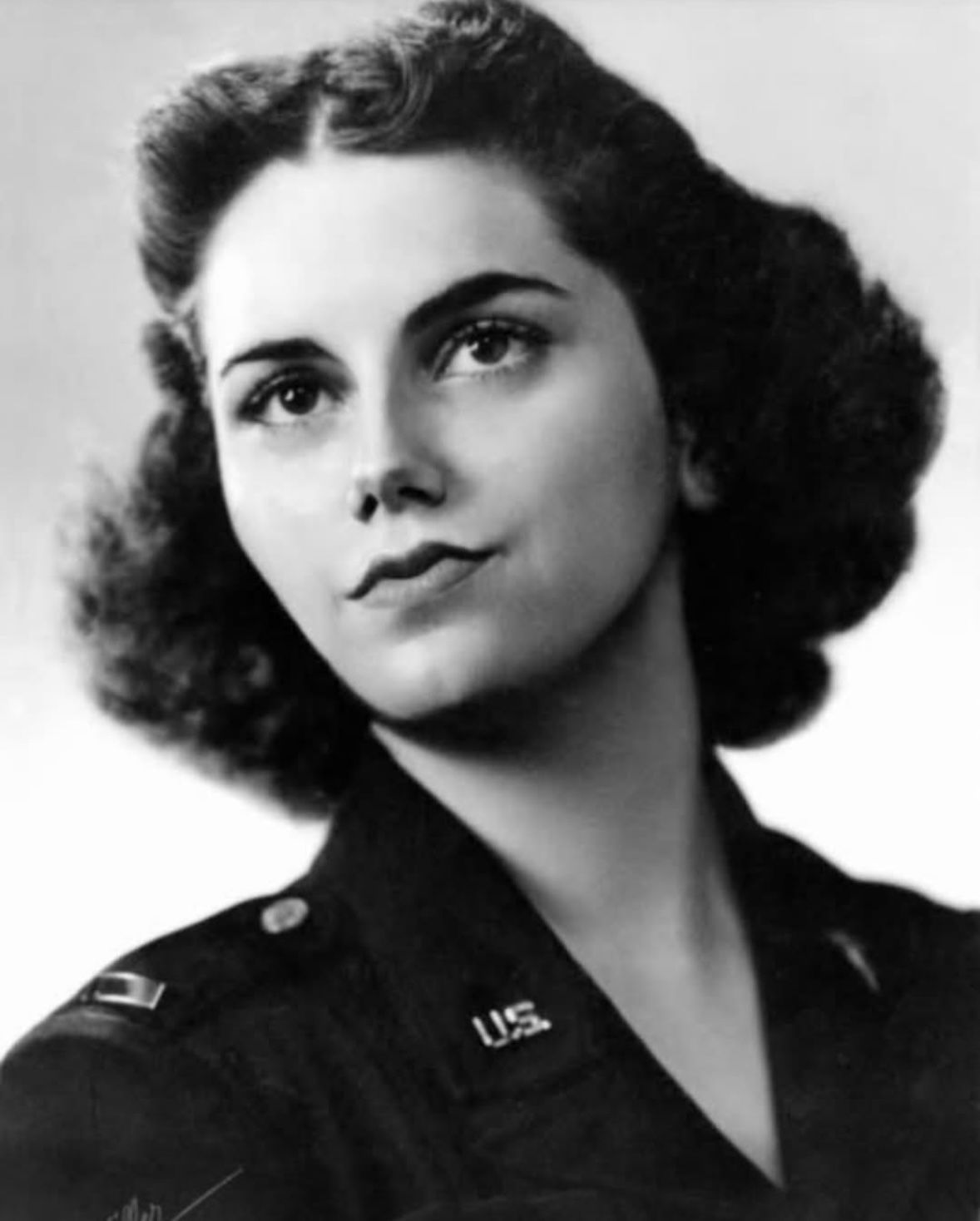

Colonel Jacqueline Cochran
Jacqueline Cochran was a pioneer for women’s military aviation. Cochran had numerous accomplishments and firsts throughout her illustrious career.
During WWII, she flew aircraft between America and Europe and later directed all Women’s Air Service Pilots (WASPs).
She was the first woman to break the speed of sound, the first woman to take off and land from an aircraft carrier, and the first woman to exceed Mach 2.
For her exceptional skills and record-breaking flying Cochran was awarded three Distinguished Flying Crosses during her career.
Captain Patti McFetridge
Patricia Ann McFetridge is the first woman in the U.S. Coast Guard to be awarded the Distinguished Flying Cross for her participation in the rescue of the crew of the fishing vessel Janice N in Alaska. She was also the first woman to command USCG Air Station Borinquen. After taking flying lessons from her father, she earned her private pilot's license in 1980. She graduated from SJSU in 1981 and enlisted in the Army as a PFC on March 17, 1982. She joined the Warrant Officer Flight Training class 82-43 in July, and earned her Army wings in May 1983. McFetridge flew the UH-1 in South Korea, and the UH-1 and OH-58 at Fort Hood before joining the Utah Army National Guard in 1987. Accepting a direct commission into the Coast Guard in 1989, McFetridge flew a variety of rotary and one fixed-wing aircraft at assignments in Alaska, California, Florida, North Carolina, and Puerto Rico.

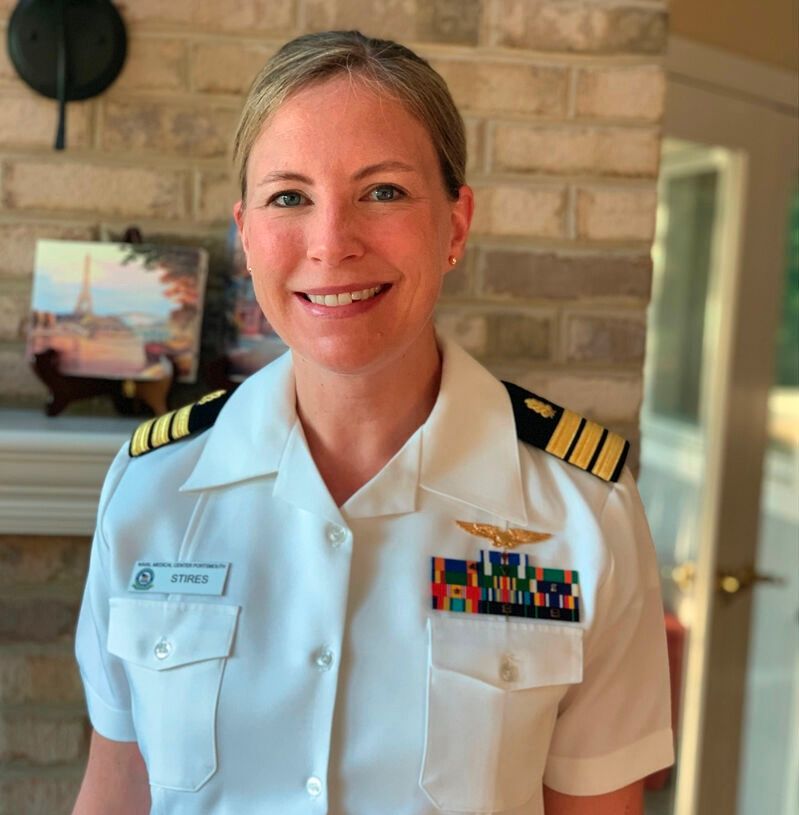
LTJG Sarah Stires, USN
The President of the United States of America, authorized by Act of Congress, July 2, 1926, takes pleasure in presenting the Distinguished Flying Cross to Lieutenant, Junior Grade Sara A. Stires, United States Navy, for heroism while participating in aerial flight. As the Radar Intercept Officer of an F-14B Tomcat Aircraft while attached to Fighter Squadron ONE HUNDRED TWO (VF-102), embarked in U.S.S. THEODORE ROOSEVELT (CVN-71) deployed to the North Arabian Sea in support of Operation Enduring Freedom on 9 November 2001. Lieutenant, Junior Grade, Stires launched as lead of a flight tasked to conduct armed reconnaissance in northern Afghanistan. Arriving in the target area, she positively identified a large enemy convoy attempting to retreat from Mazar E Sharif. Resolutely taking charge of the situation, Lieutenant, Junior Grade, Stires targeted the lead vehicle of the convoy, destroying it. She immediately re-attacked and destroyed a second vehicle, effectively blocking the avenue of retreat for the enemy Taliban forces and bringing the convoy to a standstill. Disregarding her own safety during the ensuing anti-aircraft artillery and small arms fire, Lieutenant, Junior Grade, Stires directed the weapons deliveries of two more Air Wing strike aircraft resulting in a total of six vehicles destroyed. Her actions directly prevented the regrouping of a large enemy Taliban and Al-Qaida force and resulted in the destruction of dozens of vehicles and numerous enemy personnel killed and wounded. By her super airmanship, inspiring courage, and loyal devotion to duty in the face of personal risk, Lieutenant, Junior Grade, Stires reflected great credit upon herself and upheld the highest traditions of the United States Naval Service.
Colonel Eileen Colliins, USAF
The President of the United States of America, authorized by Act of Congress, July 2, 1926, takes pleasure in presenting the Distinguished Flying Cross to Colonel Eileen Marie Collins, United States Air Force, for extraordinary achievement while participating in aerial flight as Commander of the Space Shuttle Columbia, from 23 July 1999 to 27 July 1999. During this period, Colonel Collins’ outstanding leadership, exceptional technical knowledge, thorough preparation, operational expertise, superior flying skills, and flawless airmanship led directly to the total success of the 1.5 billion dollar Chandra X-Ray Observatory deployment. The professional competence, aerial skill, and devotion to duty displayed by Colonel Collins reflect great credit upon herself and the United States Air Force.

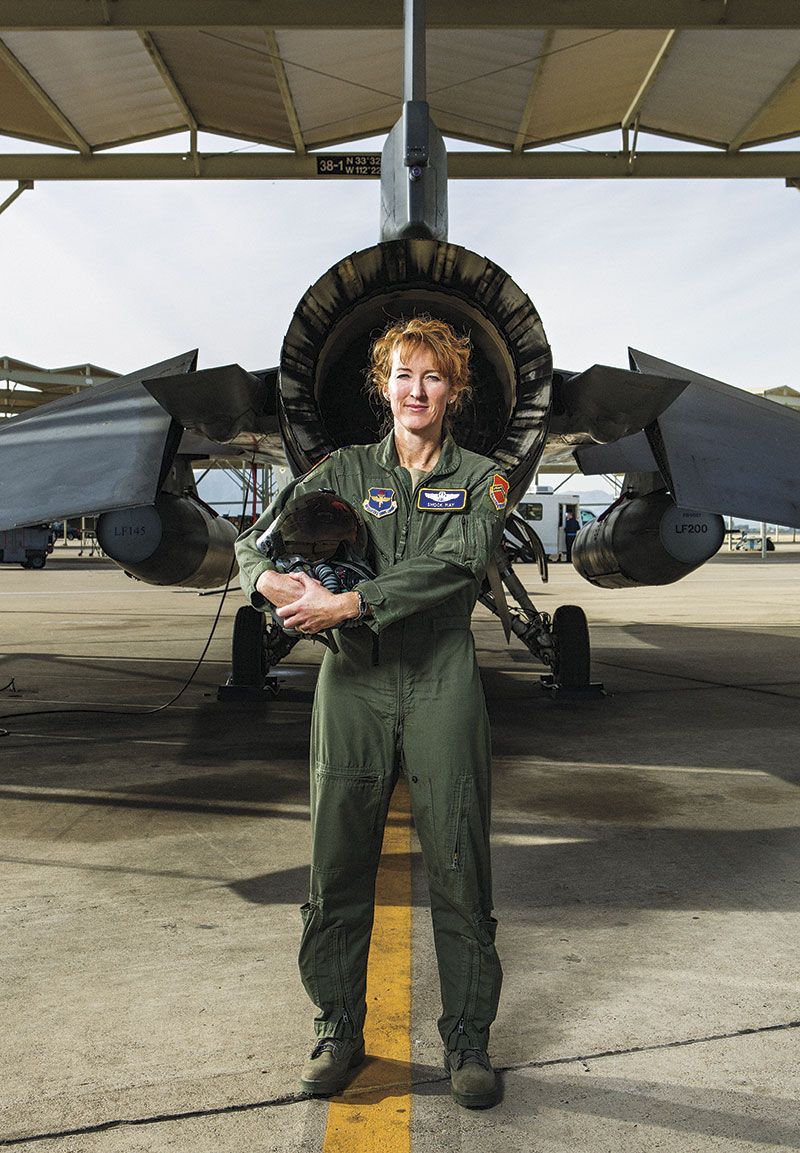
Captain Melissa "Shock" May
The President of the United States of America, authorized by Act of Congress, July 2, 1926, takes pleasure in presenting the Distinguished Flying Cross to Captain Melissa J. May, United States Air Force, for extraordinary achievement while participating in aerial flight as F-16CJ Pilot, 14th Fighter Squadron, 363d Expeditionary Operations Group, 363d Air Expeditionary Wing, Prince Sultan Air Base, Kingdom of Saudi Arabia over Bagdad, Iraq on 24 March 2003. On that date, Captain May exhibited outstanding airmanship and absolute dedication to the mission under extremely hazardous conditions. Captain May, flying a suppression of enemy air defenses mission, provided escort for F-18 and F14 strike aircraft hitting targets in eastern Baghdad and later supported her own flight’s attack against an SA-3 surface-to-air missile in support of Operation Iraqi Freedom. Extremely adverse weather in the target area forced Captain May to accept great risk and descend into the heart of the anti-aircraft artillery and tactical surface-to-air missile threat envelope where she skillfully defended against numerous volleys of heavy anti-aircraft artillery and guided and ballistic surface-to-air missiles. Despite the intense surface fire and poor weather, Captain May defended the strikers by expertly employing an AGM-88 high-speed anti-radiation missile. After successfully protecting the strike package, Captain May without hesitation assumed the role of element lead when the four-ship was tasked to destroy a Low Blow SA-3 targeting radar in southeastern Baghdad. Captain May executed flawlessly by navigating her element to support the rest of the formation and by once again employing a perfectly timed AGM-88. In so doing, Captain May played an integral part in the first 14th Fighter Squadron flight to drop ordnance in the war and the severe weather’s first confirmed surface-to-air missile kill. Captain May’s courage, aggressiveness, and skillful tactical execution under extremely dangerous circumstances directly resulted in successful execution of a Navy strike package and destruction of an Iraq surface-to-air missile site. The outstanding heroism and selfless devotion to duty displayed by Captain May reflect great credit upon herself and the United States Air Force.
CWO3 Lori Hill
In March 2006, Lori Hill was flying Kiowa helicopters with the 101st Airborne Division in Iraq. She would be the first woman to ever receive the Distinguished Flying Cross for valor when she provided close air support to American troops engaged with the enemy.
Despite heavy fire, Hill made multiple gun runs against insurgents. On her final pass her helicopter received a hit from an RPG which damaged her instruments.
As she banked away, machine gun fire riddled the bottom of her aircraft and struck her in the foot. She managed to limp the damaged aircraft back to a nearby FOB, saving her aircraft and crew.
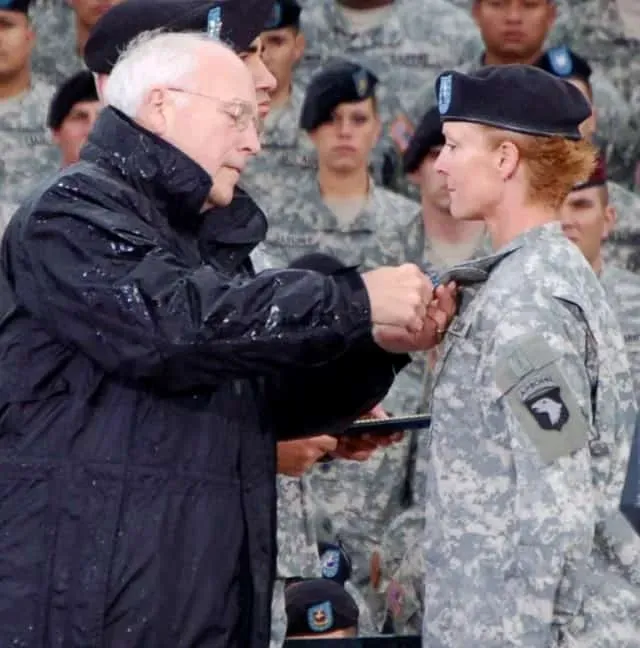
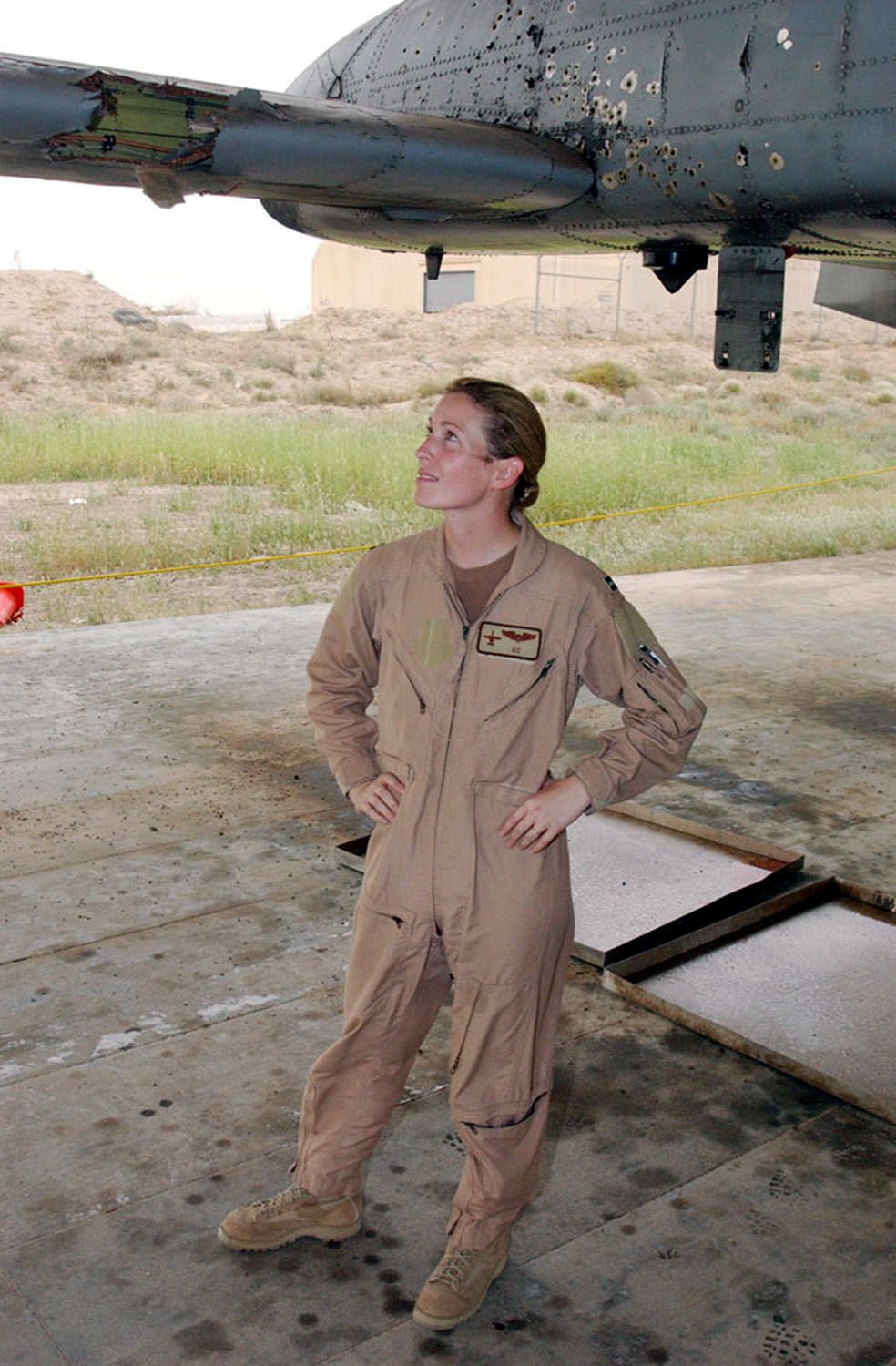
Colonel Kim "KC" Campbell
The President of the United States of America, authorized by Act of Congress, July 2, 1926, takes pleasure in presenting the Distinguished Flying Cross with Combat “V” to Captain Kim N. Campbell, United States Air Force, for heroism while participating in aerial flight as an A/OA-10 fighter pilot, 75th Expeditionary Fighter Squadron, 332d Expeditionary Operations Group, 332d Air Expeditionary Wing at Ahmed Al Jaber Air Base, Kuwait on 7 April 2003. On that date, at North Baghdad Bridge, Iraq, flying as Yard 06, Captain Campbell’s professional skill and airmanship directly contributed to the successful close air support of ground forces from the 3d Infantry Division and recovery of an A-10 with heavy battle damage. While ingressing her original target area, Captain Campbell was diverted to a troops-in-contact situation where enemy forces had positioned themselves within 400 meters of the advancing friendly forces and were successfully preventing the lead elements of the 3d Infantry Division from crossing the North Baghdad Bridge. Unable to eliminate the enemy without severe losses, the ground forward air controller had requested immediate close air support. After a quick situation update and target area study, Captain Campbell expertly employed 2.75 inch high explosive rockets on the enemy position that had been threatening the advancing forces, scoring a direct hit and silencing the opposition. During her recovery from the weapons delivery pass, a surface-to-air missile impacted the tail of Captain Campbell’s aircraft. Immediately taking corrective action, she isolated the hydraulic systems and placed the A-10 into the manual reversion flight control mode of flight and prepared for the long and tenuous return flight to Kuwait. Captain Campbell’s aviation prowess and coolness under pressure directly contributed to the successful completion of the critical mission and recovery of a valuable combat aircraft. The outstanding heroism and selfless devotion to duty displayed by Captain Campbell reflect great credit upon herself and the United States Air Force.
Major Mary Jennings Hegar, USAF
Mary Jennings Hegar was the second woman to receive the Distinguished Flying Cross for valor during a deployment to Afghanistan in 2009.
While flying a medevac mission, Hegar’s Blackhawk helicopter was shot down by insurgents and she was wounded in a well-executed trap. According to an interview with NPR, she climbed on the skids of a Kiowa helicopter that landed to extract her and, despite her wounds, provided cover fire with her M4 while the aircraft flew off.
For her efforts, she received the Distinguished Flying Cross with valor and the Purple Heart.

